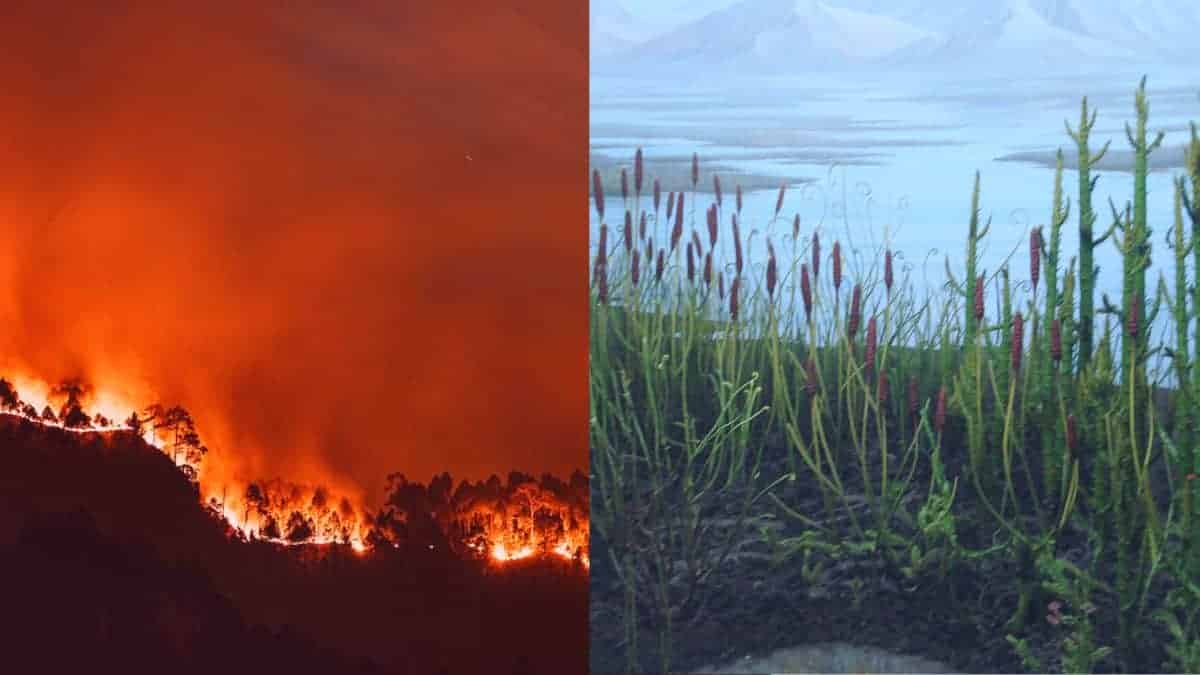Researchers observed the oldest known wildfire to occur 430 million years ago

The evidence of the earliest known wildfires dated almost 430 million years ago is found in the region of Wales and Poland. The findings also observed the amount of oxygen was present in the Earth’s atmosphere at that time.
According to the researcher, Earth’s atmospheric oxygen level has fluctuated between 13 to 30 percent in relation to both the times. Oxygen concentrations are detected by observing the burial of coal swamps, mountain buildings, erosion, and chemical changes. Ian Glasspool and Robert Gastaldo both paleobotanists at Colby College in Waterville, Maine, stated that charcoals provide a minimum threshold for oxygen concentration because oxygen acts as the main ingredient for wildfire to occur. The lighting could be the reason for igniting wildfire in plants. The third ingredient is the rapidly growing plants and fungus. 430 million years ago in the Silurian period, there were predominantly low-growing plants only a few centimeters tall. Wildfires were observed in the prehistoric period once the single-celled plants living on the ocean floor adapted to the ground. Glasspool says, “Almost as soon as we have evidence of plants on land, we have evidence of wildfire.”
Researchers say the evidence came from charcoal microstructures that show tiny chunks of partially blackened plants. Evidence can be found even in the fossilized Prototaxites fungi. They have collected the sample from the sediment rocks of different locations, especially from rivers and stream offshores where the wildfire debris settled down and accumulated.
The biogeochemist at Penn State Lee Kump says, “The team has good evidence for charring,” further stating that the evidence shows higher oxygen levels than model evidence of that time. He says, “We can’t rule out that oxygen levels weren’t higher even further back.”
Reportedly, the discovery led by the research group finds pockets of fluids trapped in halite minerals formed during the Silurian period suggesting atmospheric oxygen levels were higher in 21 percent concentration than today.


